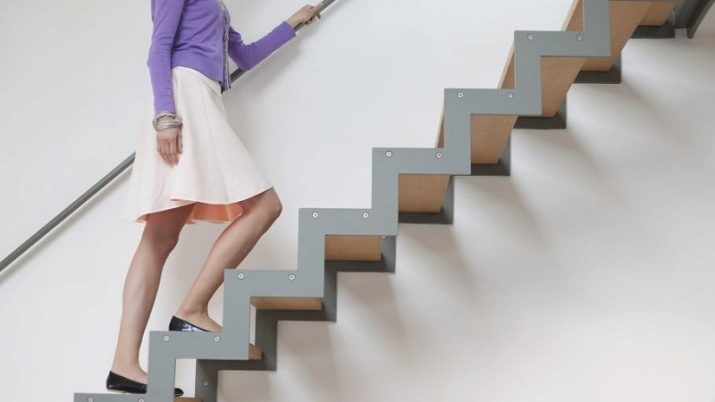Features of the profession of a seamstress-minder
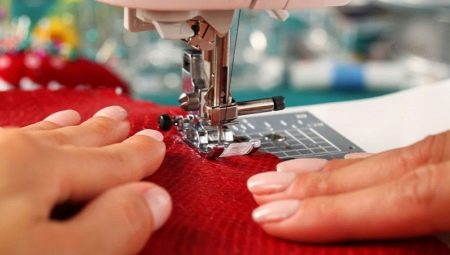
In many industrial enterprises related to sewing or footwear, seamstresses-minders are in demand as specialists. They do their job using special automated machines. Today we will talk about what responsibilities this employee should perform, about the features of the profession and where you can get training in order to become such a specialist.
Characteristic
The profession of a seamstress-minder involves a specialist performing work on sewing various products, both manually and with the help of sewing equipment. To take such a job, a person must have some important skills and qualities.
A seamstress-minder must know well enough the technology of sewing, the principles of working on professional technical devices, be able to carry out all kinds of stitches, and take proper care of the sewing machines.
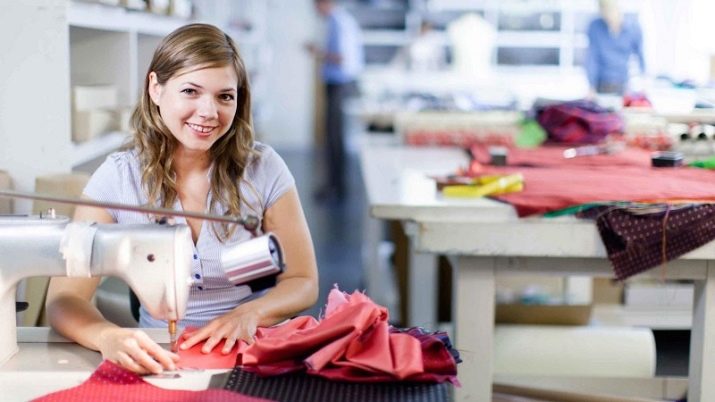
Responsibilities
The list of duties that a given employee must perform can be found in a special job description from a unified tariff and qualification reference book of jobs and professions. It includes the following features:
- performance of sewing operations of various levels of complexity; the seamstress-minder is obliged to carry out them on special machines or manually from all kinds of materials;
- identification and correction of minor problems - first of all, this function concerns minor breakdowns of sewing equipment;
- execution of various garment production and control over it; such an employee must also be able to carry out fur, textile, knitwear, felt production, and the manufacture of hats;
- decoration and trimming - a seamstress-minder is obliged to make necks, lapels, collars, armholes, preparation of patterns and drawings on materials;
- overedging - this is done, as a rule, by hand;
- processing - this specialist makes the final design of hoods, pockets, necks, collars, sides, folds, lapels;
- stitching - this technology is used to make finishing stitches along the bottom of the product or sleeves, along the sides, collar and lapels;
- attachment - the seamstress must attach to the products the necessary linings and spacers to the seams of the armholes;
- cutting - this technology is used in order to make holes in pockets, before processing strips;
- connection - the specialist fixes the necks with hoods, pockets on the inside with top elements, edges with a side, cuffs with the bottom and sleeves with one stitch, belts with the top of trousers and jackets, skirts.
Important! In addition, a seamstress-minder should be able to make patterns on products. Some specialists are also involved in the manufacture of bags, mittens, gloves and scarves.
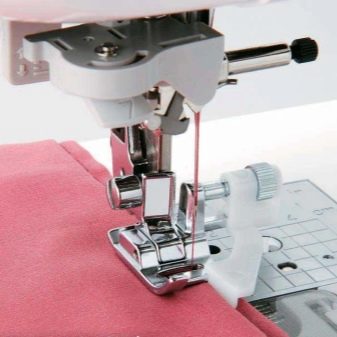
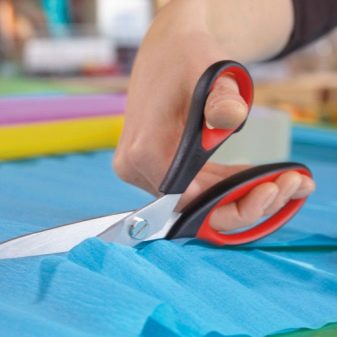
This specialty includes several ranks. The division takes place depending on the area of work, used production equipment, skills and abilities. To become a seamstress-minder of the 1st or 2nd category does not require special knowledge and skills. As a rule, they are students of professional colleges or technical schools.
A seamstress-minder of the 3rd category must have basic knowledge of sewing production. She doesn't have to have perfect material alignment skills. Most often, these workers produce hospital pajamas, bed linen, bags, that is, they deal with such products for which appearance is of secondary importance. The duties of a seamstress of the 3rd category include the following functions: darning, sewing the edges of pillowcases, hemming, sewing on buttons, sewing the edges of materials, sewing on edges, as well as lengthening and shortening trousers, mending straight stitches that have unraveled. Specialists in this group should be able to thread the sewing machine, adjust the thread tension, operate the equipment with a pedal, and set the required sewing speed.
Specialists of the 4th category should already have skills in sewing together parts of irregular shape, elements with frequent bends. At the same time, at the end of the work, the appearance of the product plays a paramount role. This group of seamstresses sews small items, including patch pockets and curved edges. The employee must be able to sew with a twin needle. He usually works with natural cotton, cotton with polyester, rayon, nylon and wool.
To become a 5th grade seamstress, you must have special knowledge and production skills. So, she should be able to sew such complex products as trousers, shirts, which are decorated with various patterns and additional details. These specialists carry out complex sewing operations (connection with the sleeves), carry out repairs of garments (alteration of the waist area without violating the structure of the material), replacement of the cuffs on the sleeves. They work with wool, rayon, nylon, natural cotton, as they are the easiest to process.
Specialists of the 6th category work only with the most complex sewing products, including coats and jackets. They should be able to fit the sleeve of outerwear into the armhole without forming folds, sew the edges that are located around the lapels, trim the edges, and repair clothing.

Rights
In addition to the main responsibilities, in the job description you can see a list of the rights that the seamstress-minders have, namely:
- making proposals for improving production;
- obtaining the necessary information from other employees;
- take part in meetings of employees of the company that relate to labor issues;
- make requirements for the management of the enterprise to improve working conditions, which are necessary for maximum productive work;
Education
If you want to get the profession of a seamstress-minder, then you should undergo training and get a secondary specialized education in this profession in a college or technical school. To become the most demanded and qualified worker, one should study in higher educational institutions of the clothing industry.
In addition, there are currently special professional courses.
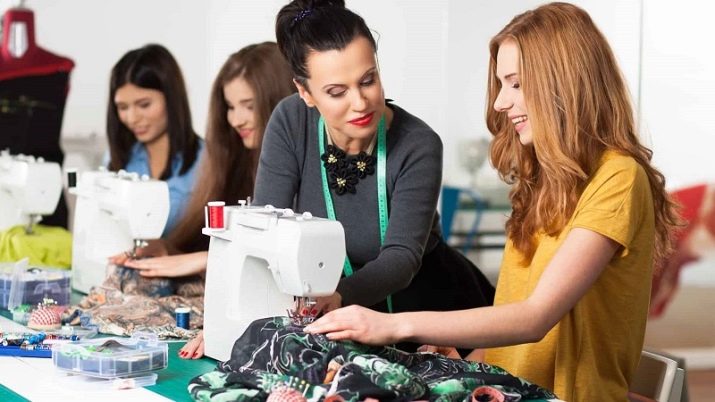
A responsibility
The seamstress-minder will be liable in the following cases:
- for committing gross offenses in the course of performing their official duties; the list of such violations is determined by the current administrative, civil and criminal laws;
- for improper performance of their official functions; duties are stipulated by the job description in accordance with labor legislation.
Important! When performing her official duties, a seamstress-minder must be guided not only by legislation, but also by the charter of the organization, orders and orders of top management, and internal regulations.
Where does it work?
Seamstresses-minders are quite popular specialists in large industries related to footwear and sewing. Besides, the most experienced professionals are in great demand in professional tailor shops and fashion houses. If you are looking to move from a light industrial factory to a good tailor shop, you should first start taking orders from customers at home. Specialists who studied at a higher educational institution in such a profession can head one of the departments at the enterprise. Often, these seamstresses are employed in fabric stores.
Sometimes specialists, having sufficient experience in sewing products, open their own business related to this area. Many go to work as teachers in educational institutions that are associated with the training of specialists in the field of light industry.
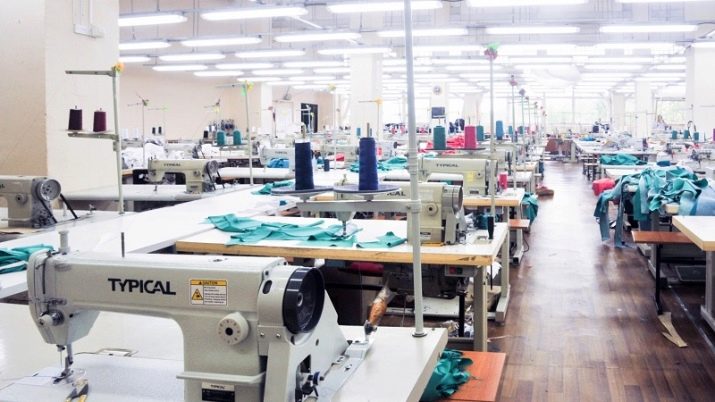
Career and prospects
The professional growth of a seamstress-minder is marked by the assignment of a certain qualification category. A seamstress-minder after graduating from college or technical school performs small, simple sewing operations. Seamstresses of a higher qualification level are already dealing with more complex work (design of sleeves, stitching of various individual elements of the product among themselves). To get new skills or skills, you can start preparing drawings and patterns for various products. This will allow the seamstress to engage in self-creation and design of various products. In the future, such workers, having gained sufficient experience, will be able to realize themselves by opening their own tailoring business.
It is not uncommon for professionals in this field to take orders from clients at home. In the process of such work, they communicate with customers and, if necessary, conduct consultations on the selection of all materials for sewing. Getting a higher education in this area with a degree in “design of light industry products” will give excellent career prospects. It includes several separate specializations: the history of fashion, the development of collections of shoes and clothes, the technology of the production of sewing products, the creation of patterns, drawings, the design of various models of clothing.
